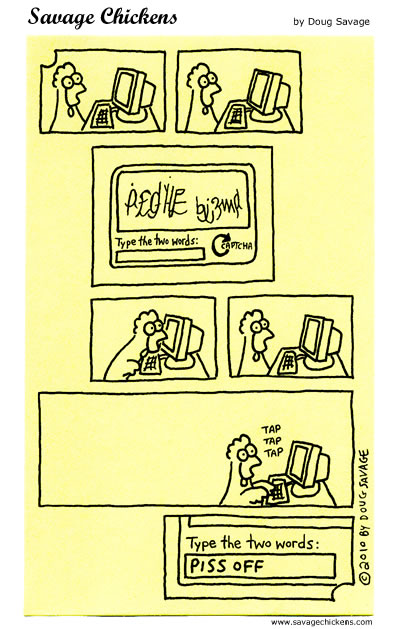I've not blogged for a couple of months now and thought I should explain why: I've joined Gartner as an analyst, or more specifically a Research Director working in mobility with a particular focus on mobile apps, mobile app platforms and mobile strategy.
Gartner rules prevent me from commenting publicly on areas we cover and for very good reasons. Unguarded analyst remarks have been used by the press and vendors and can have unintended consequences on share values and sales. People take our views very seriously and having met more stunningly intelligent, articulate people in the last few weeks than in a very long time, rightly so.
So this blog will now occasionally feature me commenting on things unrelated to mobile: cameras, books, films, art, theater, running, exercise and other cool things that I come across. I may appear on the Gartner Blog Network in the new year depending on how busy we are.
Gartner rules prevent me from commenting publicly on areas we cover and for very good reasons. Unguarded analyst remarks have been used by the press and vendors and can have unintended consequences on share values and sales. People take our views very seriously and having met more stunningly intelligent, articulate people in the last few weeks than in a very long time, rightly so.
So this blog will now occasionally feature me commenting on things unrelated to mobile: cameras, books, films, art, theater, running, exercise and other cool things that I come across. I may appear on the Gartner Blog Network in the new year depending on how busy we are.






























